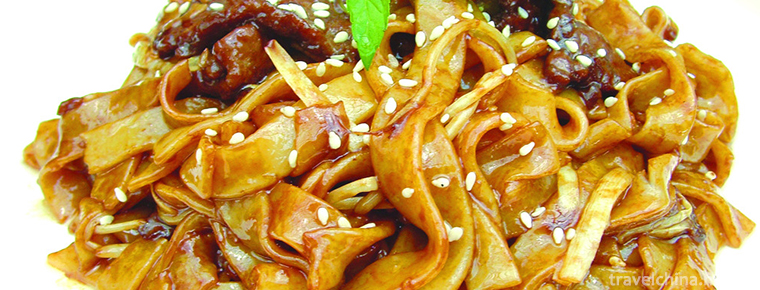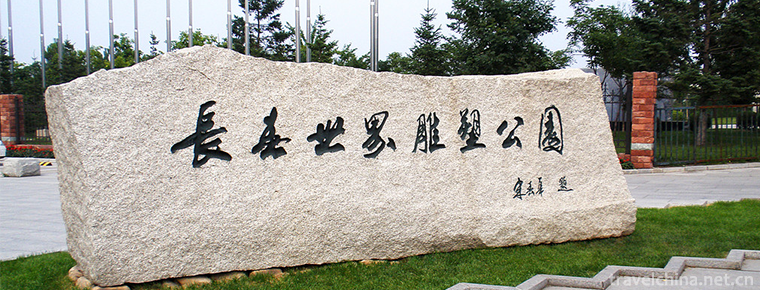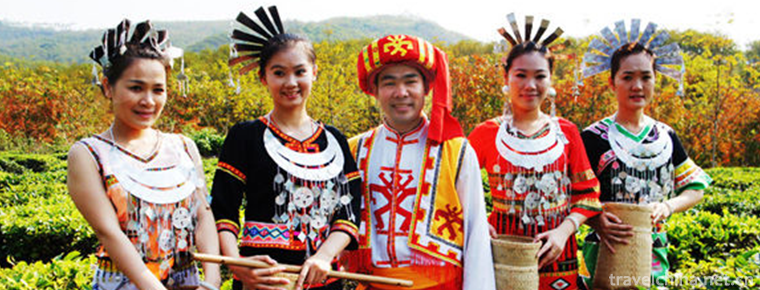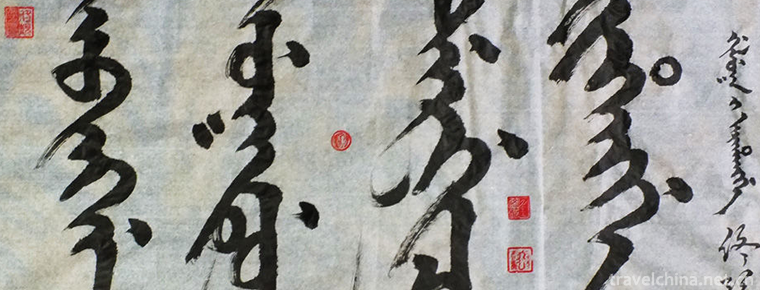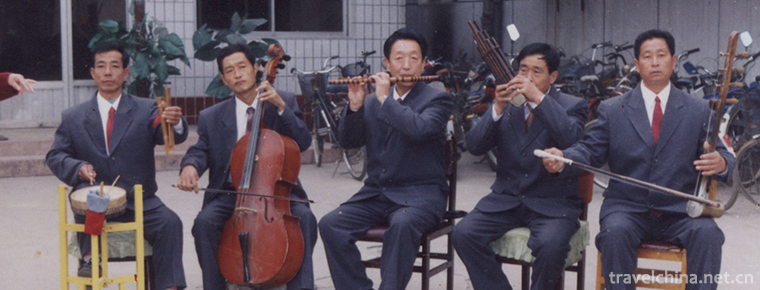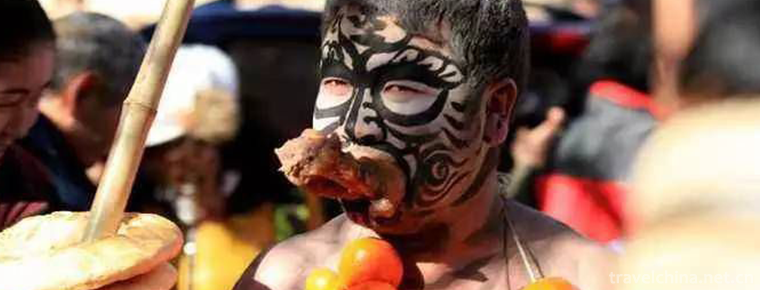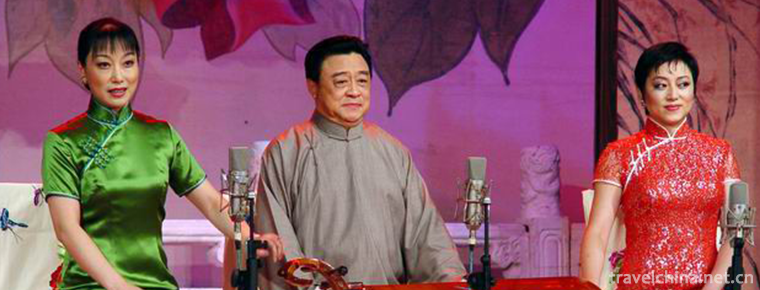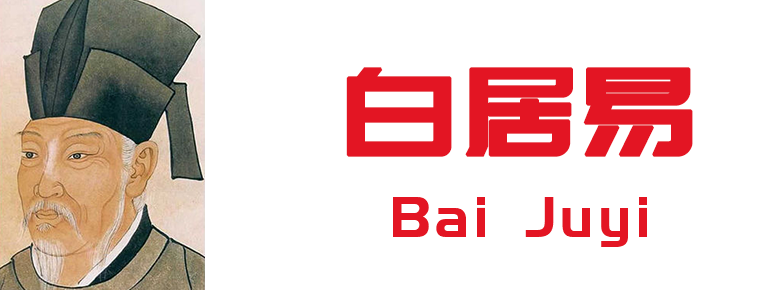Xibo Folk Songs
Xibo Folk Songs
Xibo folk song is an important kind of traditional music culture of Xibo nationality, which is widely spread among the Xibo people in Chabchal Xibo Autonomous County and Xinjiang. Folk songs are an important part of Xibo folk traditional art, which can be roughly divided into field songs, folk songs, nursery songs and narrative songs. There are few Xibo folk songs, but their modes are very complicated. Four tones, five tones, six tones, seven tones and more than twenty kinds. There are many special modes.
In November 2014, "Xibo Folk Song" was approved by the State Council to be included in the fourth batch of representative projects of national intangible cultural heritage.
historical origin
Xibo folk songs have a long history. They have been produced as early as the fishing and hunting culture period. For example, Aquinas and Butterfly Dance Songs have been spreading among the people all the time. They have gone through different stages of historical development and enriched the kinds of Xibo folk songs. They not only shine brilliantly in the humanistic spirit and social life of the Xibo people, but also become a display of the national tradition, national spirit and national life of the Xibo people. An artistic expression of character.
For generations, Sibo people, who are good at horseback riding and archery, often use Hunting and scattering as folk songs. Warm and unrestrained full sense of rhythm, and simple dynamic singing complement each other.
artistic characteristics
Content classification
Xibo folk songs can be divided into ancient Xianbei folk songs, fishing and hunting songs, shaman songs, narrative songs, field songs (love songs), custom songs, persuasion songs, motto songs, children's songs and new folk songs. Ancient Xianbei folk songs in Weishu Yuezhi contain records of such Xianbei folk songs as "Song of Achan" and "Song of the Real Man for the Real Man"; ancient fishing and hunting songs reflect the primitive fishing and hunting life in the period of mountain and forest culture; folk songs in the early Qing Dynasty include fishing and hunting songs, shaman songs, etc., and in the late Qing Dynasty there are field songs, custom songs, narrative songs, motto songs and nursery songs; folk songs in the period of the Republic of China are used for social improvement. Suggestion songs and aphorism songs are the main ones, such as Suggestion Song and Old People's Song. Folk songs after the founding of New China mainly eulogize the new era and new changes of folk songs such as "Chabuchar Good Place".
Melody lyrics
Xibo folk songs have their own fixed tunes, but there are no fixed lyrics. Every singer improvises according to different occasions. Xibo folk songs especially emphasize the rhyme of lyrics. Each line of lyrics requires rhyme of the beginning, middle and end. Therefore, singers are required not only to perform on the spot, but also to have the creative ability of poetry lyrics. This is a distinct feature of Xibo folk songs.
Representative Works
Azina is an ancient Sibo folk song. With its happy and graceful melody, it vividly reflects the primitive labor of the Xibo ancestors along the Nenjiang and Songhua rivers.
The Sibo Opera of Returning from the Northeast to the West is an immortal epic with a solid and well-founded narrative, especially for the Sibo people to establish an indestructible outlook on life, and to be eulogized from generation to generation.
"Song of Ages" sings about the Sibo people's amazing national spirit in the process of migration. At the same time, it summarizes some thoughts reflecting the law of their own survival and development in life.
"Jacina" Xibe folk song. "Jacina" means "black land" in Sibo. The history of the Sibo people's westward migration is that they have a deep feeling for their homeland.
Inheritance Significance
Xibo folk songs have been inherited from generation to generation in the Xibo people. In the eight catalogues of Xibo Autonomous County of Chabu Chal, a large number of folk song inheritors such as Tong Limei, Guo Xiaomei and Fu Yuqiang have emerged among the people. Therefore, the mass basis of Xibo folk song's singing, dissemination and inheritance is very deep. However, with the change of Sibo language environment, the number of people who use Sibo language decreases, and the survival space of this original ecological folk culture is shrinking. It is urgent to protect and inherit Sibo folk songs.

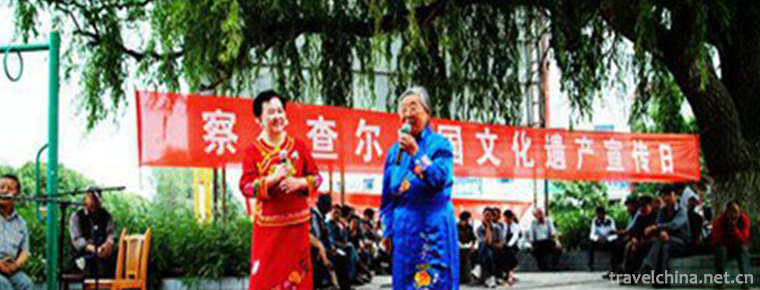
-
Dry fry rice noodles with beef
Dry fried beef river is a Cantonese dish made from materials such as sprouts, river meal and beef. One of the traditional snacks in Guangdong.
Views: 293 Time 2018-11-14 -
Changchun World Sculpture Park
Changchun World Sculpture Park is located in the south of Renmin Street in Changchun City. It covers 92 hectares, including 11.8 hectares of water. .
Views: 201 Time 2018-12-05 -
Uruwati Scenic Area
Uruwati Scenic Area is located in the upper reaches of Karakash River at the southern foot of Kunlun Mountains and in the territory of Langruxiang, Hetian County..
Views: 145 Time 2018-12-22 -
Fangte Fantasy Kingdom Scenic Spot in Qingdao City
Fangte Fantasy Kingdom of Qingdao is located in Lannan Road, Hongdao Street, Hongdao Hi-tech Zone, Qingdao City, Shandong Province. It is the core high-tech cultural amusement .
Views: 177 Time 2019-02-07 -
Li nationality costumes
Li costumes are mainly made of island cotton, hemp, kapok, bark fiber and silk. In ancient times, some places also used the bark of twig or bloody throat trees as clothing materials. This kind of dres.
Views: 129 Time 2019-05-12 -
Manchu calligraphy
Manchu calligraphy is a kind of calligraphy created by imitating Chinese seals in the Qing and Qianlong periods. In 1748 (the thirteenth year of Qianlong), Emperor Qianlong of Qing Dynasty ordered Fu .
Views: 216 Time 2019-05-16 -
Four strands
Four-strand string, also known as four-strand string, two-strand string, five-tune string and five-tune tune tune tune, is one of the ancient traditional local operas in China. It originates from Julu.
Views: 388 Time 2019-06-16 -
The Tu nationality in Yuqiu
Tu nationality, spread in Nianduyu Village, Tongren County, Qinghai Province, is a unique local folk culture form. It is held from November 5 to 20 of the lunar calendar every year. It includes ceremo.
Views: 208 Time 2019-06-23 -
Changsha Tanci
Changsha Tanci is a traditional opera in Hunan Province. It is popular in Changsha, Yiyang, Xiangtan, Zhuzhou and Liuyang of Hunan Xiangjiang River and Zishui River basin. Changsha Tanci derives from .
Views: 261 Time 2019-07-25 -
Tsinghua University
The campus of Tsinghua University is situated in northwest Beijing on the site of the former imperial gardens of the Qing Dynasty, and surrounded by a number of historical sites..
Views: 185 Time 2019-08-31 -
Bai Juyi
Bai Juyi (772 - to - 6), Le Tian, the number of Xiangshan residence, and Mr. drunken Yin, whose ancestral home is Taiyuan, Shanxi. And moved to his great grandfather. Lower jaw Born in Henan Xinzheng .
Views: 250 Time 2019-09-06

